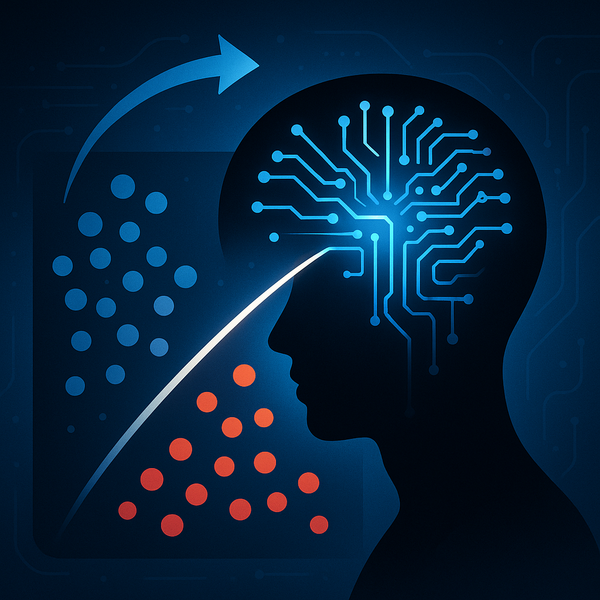Who Does Your Medical AI Miss? Age Bias in Tumor Segmentation

If your AI segments tumors, who is it serving—and who might it be failing? A new audit of the MAMA-MIA breast cancer segmentation dataset examines fairness not in classification, but in segmentation—the step that often feeds every downstream decision.
- Researchers evaluated automated segmentation quality by age, ethnicity, and data source.
- They found a persistent age bias: younger patients received lower-quality segmentations, even after controlling for site.
- They hypothesize physiological differences may make younger cases harder—challenging for both radiologists and algorithms.
- Combining data from multiple sites can reshape or hide site-specific ethnic biases, so granular analysis matters.
Why it matters: segmentation bias can compound across clinical workflows and even amplify during model iteration. The takeaway is simple: audit labels and models by subgroup, report performance by site and demographics, and don’t assume fairness transfers across datasets.
Paper: http://arxiv.org/abs/2510.27421v1 • Authors: Aditya Parikh, Sneha Das, Aasa Feragen
Paper: http://arxiv.org/abs/2510.27421v1
Register: https://www.AiFeta.com
AI Healthcare MedicalImaging BreastCancer Fairness Bias Radiology Segmentation MachineLearning Ethics




